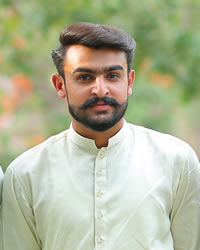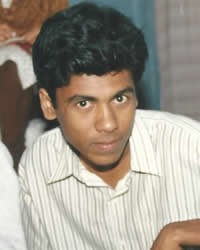Why Use Caste to Define Peoples?

Why is the community / caste focus needed in support of church planting movements?
The Key: How People Perceive Themselves
Let us start with how people perceive themselves. There is too much of classifying people by who we think they are, rather than who they perceive themselves to be. That is arrogance on our part, not a respect of people as people, who are living as members of communities. We have to fit in with them, not squeeze them to fit us.
Would we consider placing members of distinctively different people together, people who have a history of not getting on, in a church plant in the UK, US or Australia? Then why does so much of mission attempt that in other parts of the world? Lack of knowledge and expediency are poor substitutes for respecting people as people and recognizing the dignity and realities of community.
Language not involved in determining community / caste
Most South Asian people do not define themselves primarily by language groupings, but rather by traditional community groupings. Using language to define a people while the people themselves do not use language for self-definition can lead to destroying something sacred about the peoples who lie outside the Kingdom.
Lack of knowledge and expediency are poor substitutes for respecting people as people and recognizing the dignity and realities of community.
Language spoken is of course very important, but in South Asia the community a person is born into establishes his self-identity much more than the language(s) he may speak.

People know their own community
In the 2001 census for the Municipality of Kathmandu, about 662,000 of 672,000 total people recorded their community / caste name. Individuals knew their caste or tribe, allowing it to be recorded. Typically in an Indian city, 99% of those of Scheduled Caste or Scheduled Tribe status are able to supply their community / caste / tribe name when asked. Some may choose not to reveal their community / caste / tribe out of fear of discrimination.
Past mass movements have been according to community / caste
Over 90% of Indian Christians are traceable to mass movements, which occur along community lines, not language lines. A number of these mass movements have been labeled incorrectly by language. The Telugu Movement was actually a movement within the Mala and Madiga communities, almost exclusively. The Bhojpuri Movement has now primarily affected the Chamar community and to a lesser extent the Bhangi community. The Punjabi Movement was of one community, the Chuhra, a low status community. Several others tried to respond (Megh, Sansoi, Sansi, and others) but were repelled by defiling contact with the Chuhra. A significant movement never happened in Maharashtra because the Mahar and Matang communities were placed in common churches. We can go state by state in India, Pakistan, and Nepal and identify movements that began but didn’t advance because more than one community was involved and these communities did not associate.
Language focus used for church planting has been a failure or significantly reduced the response.
Costly ministry lessons related to ignoring community / caste
If language focus is used for church planting / discipleship we are promoting something that for two centuries in India has been a failure or significantly reduced the number of people responding, that is, churches based on common language, not common community. The writings of Donald McGavran, Bishop Pickett and others on this topic have largely been ignored.

There were costly lessons learned in the period 1870 - 1920, and one hundred years ago many agencies were getting it right. But language-based thinking had again solidly permeated missions efforts by the 1930s, and continues today. Language lists were what well-meaning workers saw and worked from, and low caste workers naturally wished to de-emphasize a caste focus. It will require a total re-education for pastors and national workers to again think in community terms.



